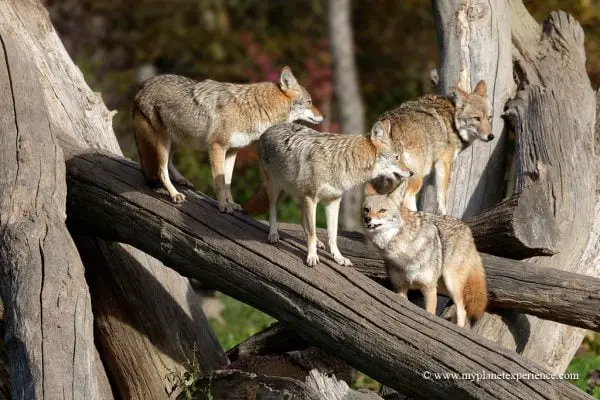Tuxedoed denizens of the icy south, penguins waddle across our screens and captivate our hearts with their endearing antics. But beyond their comical movements and adorable appearances lies a complex social structure, reflected in the diverse collective nouns used to describe them. By exploring these terms, we embark on a journey into the fascinating world of penguins, appreciating their unique behaviors and social interactions within the penguinisphere.
Collective Nouns for Penguins
While “colony” is the most widely used collective noun for penguins, encompassing a large breeding and social group, other terms paint a more nuanced picture depending on the context:
- Colony: This term signifies a large and stable social unit, often numbering in the thousands, that penguins establish for breeding, raising young, and molting. It evokes a sense of community, shared purpose, and cooperation, highlighting the intricate social dynamics and collective efforts within these groups.
Example: Teeming with life, a colony of penguins stretched across the icy shore. Parents diligently fed their chicks, while others waddled back from the ocean laden with fish, showcasing the coordinated efforts and synchronized activities that ensure the colony’s survival.
- Waddle: This term, often used with a touch of humor, signifies a group of penguins walking on land, their characteristic gait a result of their anatomical adaptations for swimming. It evokes a sense of clumsy charm, perseverance, and collective movement, capturing the unique way penguins navigate the land.
Example: A waddle of penguins shuffled across the icy plains, their black and white bodies swaying in unison as they made their way towards the water. Their slow but determined movements highlighted their resilience and their ability to thrive in their challenging environment.
- Raft: This term signifies a group of penguins swimming together in the ocean, often engaged in foraging or migrating. It evokes a sense of fluidity, grace, and shared destination, highlighting the penguins’ exceptional swimming abilities and their reliance on group movement for various activities.
Example: A raft of penguins glided effortlessly through the turquoise waters, their sleek bodies slicing through the waves with remarkable speed and agility. Their coordinated movements and synchronized dives showcased their prowess as aquatic hunters and the efficiency of their group behavior.
- Huddle: This term signifies a group of penguins huddling together, often in a circular formation, for warmth and protection, particularly during harsh weather conditions. It evokes a sense of communal comfort, shared warmth, and collective defense, highlighting the importance of social cohesion and cooperation in the face of adversity.
Example: As the Antarctic winds whipped around them, a huddle of penguins huddled closer together, their bodies creating a shield against the biting cold. The chicks nestled safely in the center, protected by the warmth of their elders, showcasing the strong bonds and supportive nature within the group.
Interesting Facts About Penguins
Understanding these collective nouns deepens our appreciation for the complexities of penguin behavior and their vital role in the ecosystem:
Masters of Adaptation: Penguins possess remarkable adaptations for their aquatic lifestyle, including streamlined bodies, flippers for propulsion, and waterproof feathers for buoyancy and insulation. These adaptations allow them to thrive in the extreme conditions of the Southern Hemisphere.
Vulnerable Beauties: Sadly, penguins face numerous threats, including climate change, habitat loss, and overfishing. Conservation efforts are crucial to ensure their survival and continued presence in the Southern Hemisphere.
Cultural Significance: Penguins have held significant cultural meaning across various societies, often representing resilience, adaptability, and community. Understanding their cultural significance fosters respect for these charismatic creatures and the vital role they play in maintaining a healthy and diverse planet.
Final Thoughts
From the bustling “colony” teeming with life to the heartwarming “huddle” seeking comfort, the diverse collective nouns for penguins offer a glimpse into their multifaceted lives and enduring presence in the animal kingdom. By appreciating these terms, understanding the intricacies of penguin behavior, and addressing the challenges they face, we can ensure that these captivating creatures continue to waddle their way into our hearts and inspire awe for generations to come.
Also Read:






